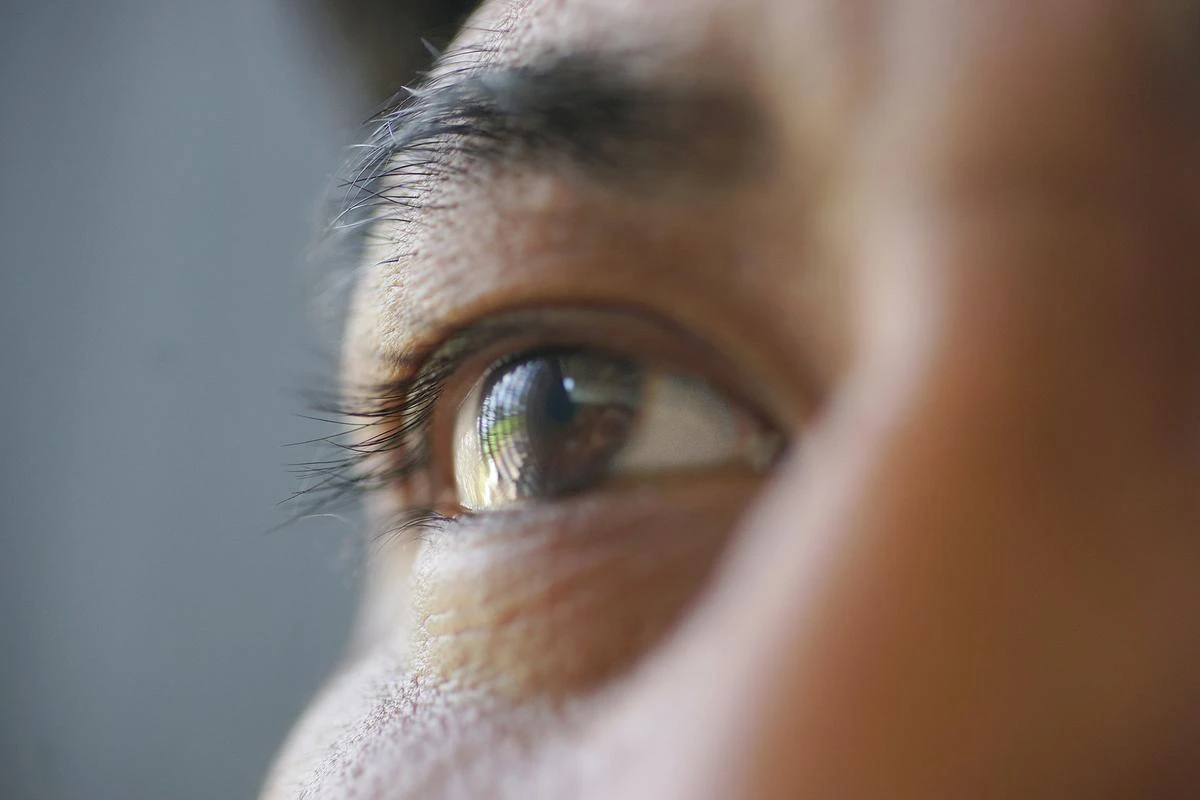
If you have eyesight issues due to diabetic eye disease, your doctor or surgeon will recommend diabetic eye surgery OKC to prevent further vision loss. “Diabetic eye disease” is a group of conditions that commonly affect those with diabetes, such as cataracts and glaucoma. The most common of those conditions is diabetic retinopathy.
Understanding Diabetic Retinopathy
Diabetic retinopathy occurs when consistently high blood sugar levels (related to diabetes) damage the blood vessels in the affected retina. As a result, fluids leak into the retina and blood flow is obstructed. When left untreated, it can cause severe vision loss – even blindness. Diabetic retinopathy can be non-proliferative or proliferative.
If you have non-proliferative retinopathy, the capillaries in the back of your eyes “balloon” and form pouches. This condition moves through three stages as more blood vessels are blocked; these are labeled “mild,” “moderate,” and “severe.” Non-proliferative is the most common form of diabetic retinopathy.
If you have proliferative retinopathy, the blood vessels in your eyes are so damaged that they close off. New blood vessels then start growing in the retina; these vessels are weak and easily damaged, potentially leading to vitreous hemorrhage and scar tissue growth. If that scar tissue shrinks, it can then cause retinal detachment.
There are advancements in tests and treatments that can help detect and stall the progression of diabetic retinopathy before it leads to severe vision loss and blindness.
Treating Diabetic Retinopathy
Diabetic retinopathy can occur in people with type 1, type 2, or gestational diabetes. Your risk of developing this condition increases the longer you have diabetes. It is essential to note that there is no cure for diabetic retinopathy; however, there are steps you can take to delay, prevent, or reduce the associated vision loss:
- Make sure to carefully manage your diabetes. Certain lifestyle changes can reduce your risk of developing retinopathy or, if present, potentially slow its progression.
- Regularly visit your eye doctor so they can detect the condition. The experienced team at BVA, including Dr. Britton, can then discuss further treatment options.
- If retinopathy occurs, undergo laser therapy or a direct eye surgery Oklahoma. These treatments can slow down or reduce your risk of further eyesight decline.
Managing Your Diabetes
The most important part of treating diabetic retinopathy is managing your diabetes. You can reduce your risk of developing the condition by taking care of your blood sugar, blood pressure, and cholesterol levels. Adopting healthy lifestyle habits can also help with this, such as:
- Eating a healthy, well-balanced diet.
- Exercising and moving regularly.
- Quitting smoking if you are a smoker.
Diabetes management can also help you if you have already developed retinopathy:
- If the condition is in its early stages, carefully controlling your diabetes can help prevent any vision issues from developing.
- If the condition is more advanced, keeping your diabetes in check can prevent the retinopathy from worsening quickly.
Detecting the Condition
In its early stages, diabetic retinopathy typically does not cause any symptoms that lead to noticeable vision issues. However, some people may notice subtle changes in eyesight, such as difficulty reading or seeing faraway objects. Later on, retinopathy can lead to blurry vision, floating spots, reduced vision quality, and blindness.
Because patients do not notice vision issues in this condition’s earliest stages, it is essential to meet with professionals who can recognize it. Optometrists and ophthalmologists are able to detect the signs of retinopathy long before you notice any changes in your vision; as such, it is essential to get regular eye exams.
After you are diagnosed with diabetes, it is best to meet with Dr. Britton or one of the other doctors at BVA once a year so they can perform a complete dilated eye exam. In addition to these annual visits, you should make an appointment with your eye doctor if you experience blurred vision or floaters that last more than a few days, affect only one eye, or are unrelated to changes in your blood sugar.
Laser Therapy or Diabetic Eye Surgery OKC
In the past, the best way to handle diabetic retinopathy was through a direct procedure on the patient’s eye. During this, a surgeon removes the blood or scar tissue that has accumulated in the eye. Due to significant strides made in this field, patients can undergo laser treatments to treat retinopathy and reduce the risk of vision loss without eye surgery Oklahoma.
With laser therapy, your surgeon utilizes bright, precisely focused laser lights to treat specific parts of your retina. They will also use drug injections to reduce the swelling in the macula. Throughout the laser eye surgery Oklahoma, your surgeon will use lasers to treat the new, weak blood vessels that form in the back of your eye in the advanced stages of diabetic retinopathy. As a result, it stabilizes the changes caused by diabetic retinopathy and stops your vision from worsening.
Find Better Vision with Laser Therapy and Eye Surgery Oklahoma at BVA
At BVA, our experienced staff specializes in the specialized procedures needed to improve the quality of vision in those impacted by diabetic eye disease, including laser therapy. Please contact us to learn more about diabetic eye surgery OKC or to schedule an appointment at one of our locations across the OKC Metro.
